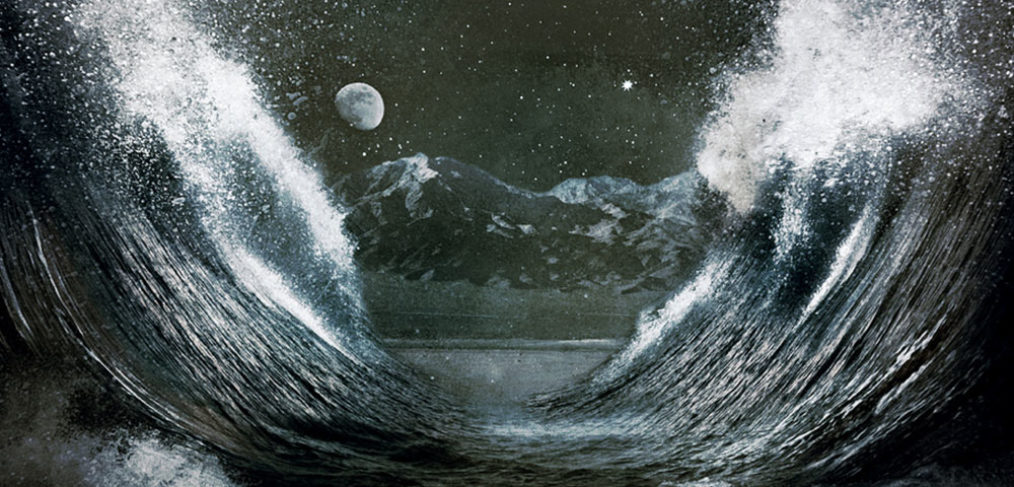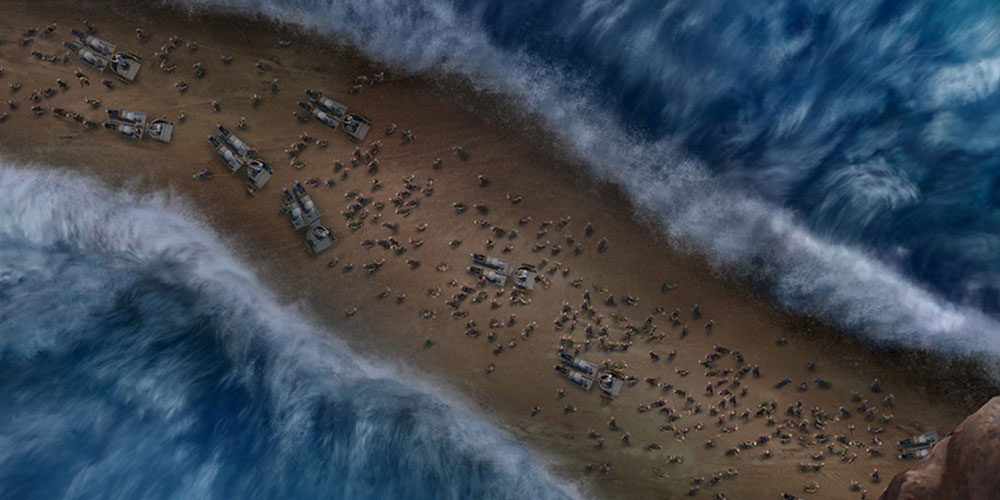
Good Friday: Dying with Christ (and Being Raised Up)
Good Friday isn’t considered a cheerful day by Christians. We realize that Jesus Christ died on the cross and gave His blood for the salvation of sinners. But there is also a sense of tremendous gratitude because Christians know why Jesus died on the Cross and what happened a few days later just outside of Jerusalem.
Passover is a very joyous feast because on that day Christians celebrate the Resurrection of Christ. Without His resurrection from death there would have been no Christianity, since there would have been hardly any followers after His death. But through the power of His resurrection, faith in Christ is time and again a faith filled with life and hope. For Christ lives and there is salvation and deliverance possible through that resurrection power.
Yet the story of Easter is not just a story about an event that Jesus Christ underwent so that the people who believe in Him – as some kind of outsider – can reap the benefits. There is much more.
The Bible connects the believer’s journey with the story of Jesus Christ.
The exodus out of Egypt, the story of liberation, foreshadows the Passion of Christ and of our own deliverance. The pesachlamb was slaughtered in Egypt, and the blood applied to the doorposts. Everyone who stayed behind that door was saved and could leave Egypt in freedom. But when the slaves left, they came to a halt before the Red Sea. They were stuck; there was no way out! The sea was before them, while the Pharaoh with his whole army came after them with the aim to enslave them again. There was only one way left to escape and to become free: entering the water! They fully understood that this water could become their ‘water death’. God intervened and made a way through the water. In obedience the people walked down to the bottom of the sea and when they came to the other side, the water closed behind them and the army of the Pharaoh drowned in the sea. On that early morning they celebrated their liberation. They were no longer slaves!
We see this story resembled in our ‘water baptism’ as Paul explains strikingly: being buried with Christ and being raised with Him in newness of life. The decision to walk into the water of the ea follows after the liberation out of Egypt. It is a sign of obedience, because God wants to lead a nation away from the power of Pharaoh. This is still true today! That is one of the reasons why many baptism services take place on Passover morning. Some believers make the decision to be baptized quickly after their salvation and liberation, others wait awhile. Either way, the decision to be baptized is a conscious choice when you understand that you must die with Christ in order to be resurrected with Him. You can believe in Jesus, but water baptism confirms your willingness to die with Him and walk into newness of life.
At the moment of baptism hardly anyone fully understands the meaning of “dying and being resurrected with Christ” into fullness of life. Yet, this is exactly the aim and desire of the newly born Christians – even though it may take a lifelong journey to get a grasp of it. They have moved from slavery into freedom, a freedom they are experiencing as they are belonging to a New Master.


